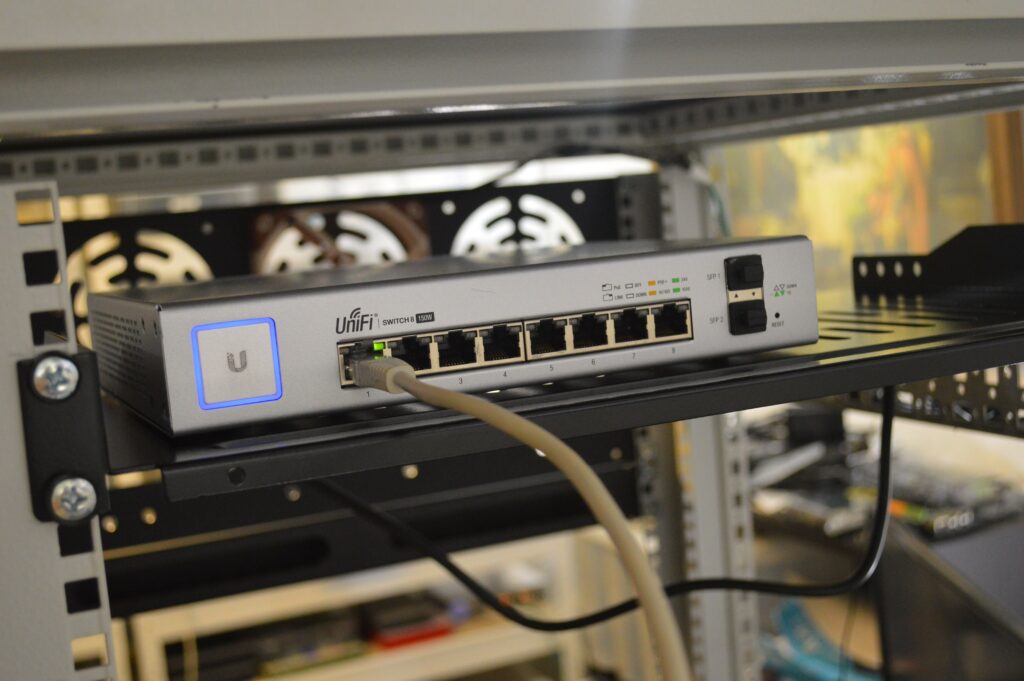Whether for work, play, or staying connected to the world, a stable internet connection is now a necessity, not a luxury. This guide will provide a comprehensive step-by-step process to resolve internet connection issues. Remember, a well-informed approach is key to effectively troubleshooting and ultimately fixing your internet connection.
Identifying the Source of the Problem
First, let’s distinguish whether the issue lies with your local network or with your internet service provider (ISP). To check your ISP’s service status, you can visit their website or contact their customer service. Many ISPs have a dedicated page or line for network outage information. If no issues are reported, the problem is likely within your local network.

Diagnosing Local Network Issues
It’s essential to ascertain whether a single device or all devices connected to your network are experiencing problems. If only one device has connection issues, the problem could be with the device itself or its connection to the network. However, if all devices have connection issues, the problem likely lies with the network equipment.
Checking Device-specific Issues
If only one device experiences connection issues, consider the following steps:
- Restart the device: Often, a simple restart can resolve many issues, including network connection problems.
- Check the device’s network settings: Ensure that the device is properly configured to connect to the network. It should be set to automatically obtain an IP address and DNS server address.
- Disable and re-enable the network adapter: This step can often resolve minor connection issues by refreshing the network adapter.
- Update the device’s network drivers: Outdated network drivers can cause connection issues. Updating these drivers can potentially resolve the issue.
Resolving Network Equipment Issues
If all devices are experiencing connection issues, consider the following steps:
- Restart your network equipment: Turn off your modem and router, wait for 60 seconds, and then turn them back on. This simple step can often resolve connection issues.
- Check the physical connections: Ensure that all cables connecting your network equipment are securely plugged in.
- Update your router’s firmware: Similar to network drivers, outdated router firmware can cause connection issues. Updating the firmware can potentially resolve the issue.
Contacting Your ISP
If you’ve exhausted all local troubleshooting measures and your internet connection is still not working, it might be time to contact your ISP. Be ready to provide specific details about your issue, which could help them diagnose and fix the issue faster.
Utilizing Backup Connections
In times of persistent network issues, having a backup connection can prove vital, especially if you depend on the internet for work or education. Consider options like a mobile hotspot, satellite internet, or a public Wi-Fi connection.
By following these steps and having a well-informed, structured approach to diagnosing and fixing your internet connection issues, you can significantly reduce the impact and duration of network downtimes.
Advanced Troubleshooting Methods
If the previous steps didn’t solve your problem, don’t despair. The following advanced troubleshooting methods may help.
Resetting Your Network
Sometimes, issues might persist due to misconfigured network settings. In such instances, resetting your network might be the best course of action.
On Windows:
- Open the Windows Settings.
- Navigate to “Network & Internet”.
- In the “Status” tab, scroll down to find and click “Network reset”.
- Confirm the action and restart your computer.
On macOS:
- Open System Preferences.
- Go to “Network”.
- Click on “Advanced”, then “TCP/IP”.
- Click “Renew DHCP Lease”.
Remember that resetting your network will delete all your network settings. Hence, it’s recommended to note down any specific configurations before proceeding.
Checking Your DNS Settings
The Domain Name System (DNS) translates domain names into IP addresses. Sometimes, issues with your DNS settings could be causing your internet connection issues.
Here’s how to change your DNS settings:
On Windows:
- Open the Control Panel.
- Click on “Network and Internet”, then “Network and Sharing Center”.
- Click on “Change adapter settings”.
- Right-click your current network, then click “Properties”.
- Click “Internet Protocol Version 4 (TCP/IPv4)”, then “Properties”.
- Choose “Use the following DNS server addresses” and enter a new DNS address.
On macOS:
- Open System Preferences.
- Click on “Network”.
- Click “Advanced”, then “DNS”.
- Click “+” to add a new DNS address.
Commonly used DNS addresses are Google DNS (8.8.8.8 and 8.8.4.4) and OpenDNS (208.67.222.222 and 208.67.220.220).
Modifying Your Router Channels
Interference from other electronic devices can cause slow or unstable internet connections. If you’re using a Wi-Fi connection, changing your router’s channel could help.
- Log in to your router’s settings.
- Navigate to the Wi-Fi settings page.
- Locate the “Channel” setting and change it.
Most routers are set to “Auto” by default, but you might find that other channels offer a more stable connection.
By employing these advanced troubleshooting techniques, you increase your chances of solving more complex network issues.
Seeking Professional Assistance
If all else fails, don’t hesitate to seek professional help. Most ISPs provide technical support to their customers. A trained technician might be able to detect problems that aren’t easily apparent, ensuring a swift resolution.
Remember, the internet is now an essential part of our lives. Therefore, equipping yourself with the knowledge to troubleshoot connection issues is invaluable. This guide will empower you to resolve the most common issues, keeping you connected to the world without unnecessary delays. Stay connected, stay informed, and navigate the digital world with ease.
